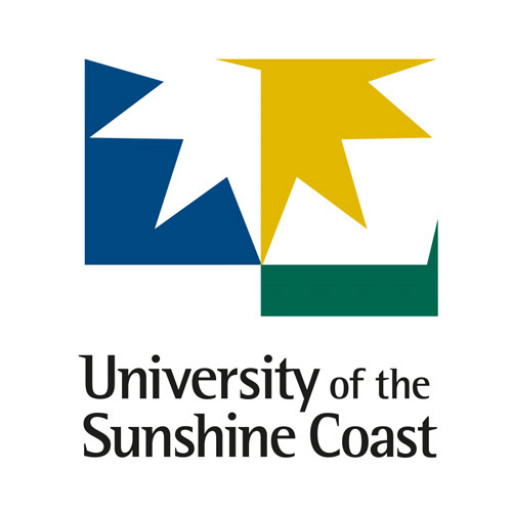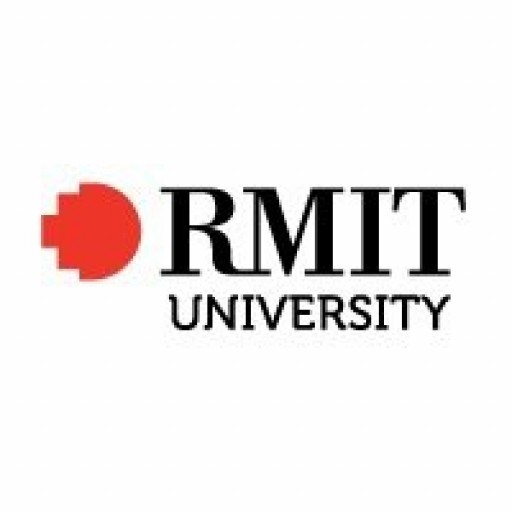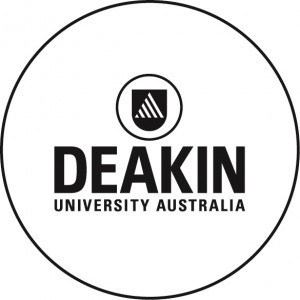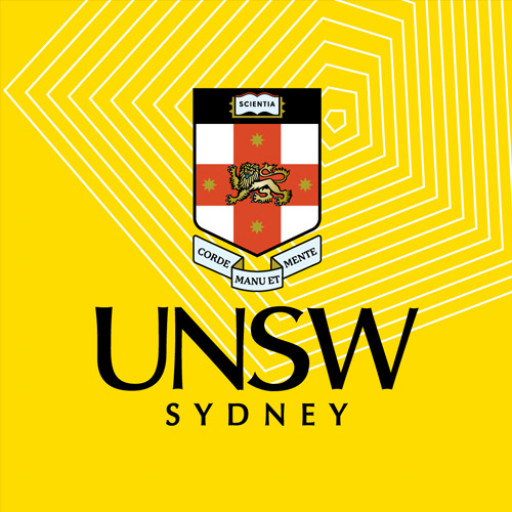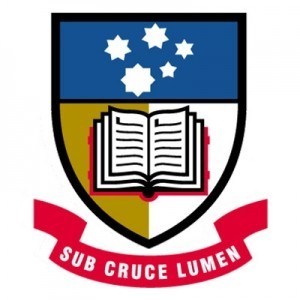The Bachelor of Design at the University of the Sunshine Coast offers students a comprehensive and dynamic education in the diverse fields of visual communication, product design, and digital media. This innovative program is designed to nurture creative thinking, technical skills, and strategic problem-solving abilities essential for success in the rapidly evolving design industry. Throughout the course, students explore foundational theories of design, learn to develop compelling visual narratives, and gain practical experience with industry-standard software and tools. The curriculum emphasizes both conceptual development and hands-on application, ensuring graduates are well-equipped to translate ideas into innovative solutions across various media and platforms. Students have the opportunity to work on real-world projects, collaborate with industry partners, and participate in workshops, exhibitions, and internships, fostering a professional network from the outset of their studies. The program also integrates sustainable design principles and encourages critical reflection on the social and ethical implications of design practice. With a strong focus on employability, the Bachelor of Design prepares students for diverse careers in graphic design, advertising, branding, web design, and multimedia production. The university's modern facilities, experienced faculty, and supportive learning environment contribute to a rich educational experience that promotes creative excellence and industry readiness. Graduates of this program can pursue further studies or enter the workforce as innovative designers, ready to meet the demands of a global, digitally connected world.
The Bachelor of Design at the University of the Sunshine Coast offers students a comprehensive education in creative problem-solving, visual communication, and innovative design practices. This program is designed to equip students with the skills and knowledge necessary to succeed in diverse design industries, including graphic design, digital media, branding, and user experience. Throughout the course, students will explore fundamental principles of design such as composition, typography, color theory, and visual hierarchy, while also gaining practical experience in using industry-standard software and tools. The curriculum emphasizes both theoretical understanding and hands-on application, encouraging students to develop a unique design voice and build a professional portfolio.
In addition to core design modules, students will undertake courses in research methods, digital fabrication, and sustainable design practices, fostering a well-rounded approach to contemporary design challenges. The program also offers opportunities for interdisciplinary collaboration, allowing students to work on real-world projects with local businesses and community organizations. This practical exposure helps students understand the complexities of client briefs, project management, and teamwork in a professional context.
The Bachelor of Design at USC emphasizes innovation, critical thinking, and adaptability, preparing graduates to navigate the rapidly evolving design landscape. Students will have access to dedicated studio spaces, state-of-the-art technology, and a supportive learning environment that encourages experimentation and creativity. Upon graduation, students will be equipped to pursue careers as graphic designers, digital content creators, branding specialists, or continue advanced studies in design-related fields. The program's combination of theoretical foundations and practical experiences aims to produce versatile, skillful designers ready to make a meaningful impact in the diverse world of design.
Program requirements for the Bachelor of Design at the University of the Sunshine Coast include completing a total of 24 units, which typically consists of core units, specialization units, and electives. Prospective students are expected to demonstrate a strong foundation in design principles, creativity, and technical skills pertinent to various design disciplines such as graphic, digital, or industrial design. Entry into the program generally necessitates the completion of Year 12 or its equivalent with an acceptable level of academic achievement. Applicants without formal qualifications may be considered via alternative pathways, including portfolio assessments or relevant work experience. During the course, students are required to undertake both theoretical and practical modules, engaging in laboratory work, studio projects, and collaborative design tasks to enhance their competencies. The program emphasizes sustainability, innovation, and user-centered design approaches to prepare students for contemporary industry challenges. Additionally, students must complete a capstone project in their final year, demonstrating their ability to integrate learned skills into a comprehensive design solution. Industrial placements or industry projects may also be incorporated to provide real-world experience, although specific requirements vary. To graduate, students must achieve a satisfactory Grade Point Average (GPA) across all enrolled subjects, with no failed units. Language proficiency requirements, such as IELTS or TOEFL scores, may apply for international applicants. Overall, the program aims to equip students with a versatile skill set, critical thinking abilities, and a professional portfolio to succeed in diverse design careers.
The University of the Sunshine Coast offers a range of financial assistance options for students enrolled in Design programs to support their educational journey and alleviate financial burdens. Domestic students can access government-funded schemes such as HECS-HELP, which allows them to defer their tuition fees until they are earning a prescribed income level, thereby reducing the immediate out-of-pocket expenses. Additionally, students may qualify for scholarships, bursaries, or grants based on academic merit, financial need, or specific criteria related to their background or area of interest, which can significantly offset the costs associated with their studies.
International students studying Design at USC are required to pay tuition fees upfront or via payment plans established by the university. USC provides various scholarships for international students, including merit-based awards and bursaries, which can help lessen the financial load. Moreover, students are encouraged to explore external funding sources such as government scholarships from their home country, private sponsorships, and educational loans available through banks and financial institutions.
The university also offers flexible payment options, including installment plans that allow students to spread the cost of tuition over the duration of their course, making budgeting more manageable. Students can also access financial counseling services provided by the university’s student support team to better understand their financial options and develop a suitable financial plan.
In addition to direct financial support, USC offers employment opportunities on campus, including part-time jobs and internships, which can provide students with additional income while gaining relevant experience in their field. The university's commitment to accessible education means that students are encouraged to seek advice early on regarding available financial resources, eligibility requirements, and application processes. Overall, USC aims to make Design studies affordable and accessible through a comprehensive suite of financial aid options, supporting students throughout their academic journey from enrolment to graduation.
The Bachelor of Design at the University of the Sunshine Coast offers students a comprehensive education in various aspects of design, including visual communication, product design, and digital media. The program is designed to develop students' creative, technical, and problem-solving skills, preparing them for diverse careers within the design industry. Students have opportunities to engage in practical projects, collaborate with industry partners, and build a strong portfolio that showcases their abilities. The curriculum emphasizes innovative design thinking, sustainability, and user-centered approaches, ensuring graduates are equipped to contribute meaningfully to contemporary design challenges. The program combines theoretical learning with hands-on experience in state-of-the-art facilities, encouraging students to experiment with different materials and digital tools. Throughout their studies, students gain insights into emerging trends such as sustainable design, digital technologies, and interactive media. The University of the Sunshine Coast supports student development through mentorship, industry placements, and access to professional networks, aiding graduates in securing employment after graduation. The program also emphasizes interdisciplinary collaboration, allowing students to work alongside peers from related fields such as marketing, arts, and architecture, fostering a broader understanding of the role of design in society and business. With a focus on innovation and sustainability, the Bachelor of Design prepares students to contribute creatively to a rapidly changing world, whether in small studios, large agencies, or starting their own ventures. The university's proximity to vibrant creative industries provides additional opportunities for internships and real-world experience, making it an attractive choice for aspiring designers seeking a practical and forward-thinking education.
